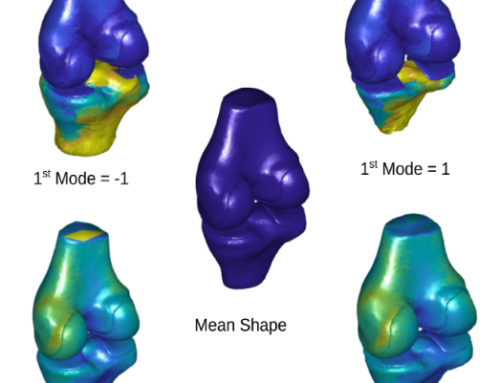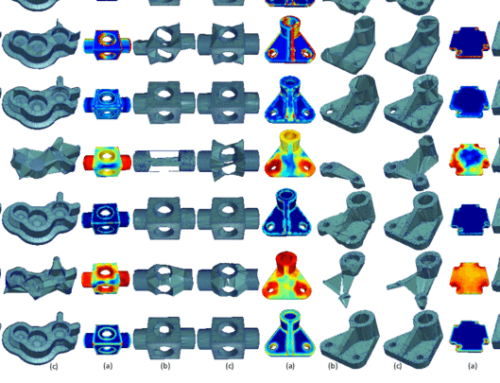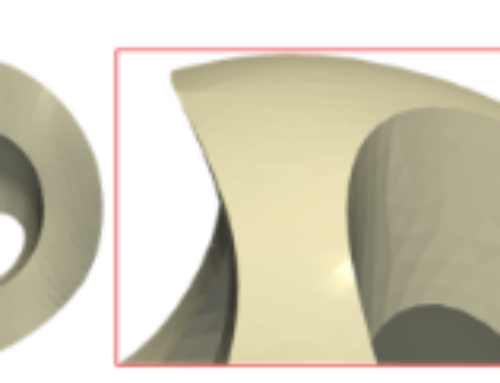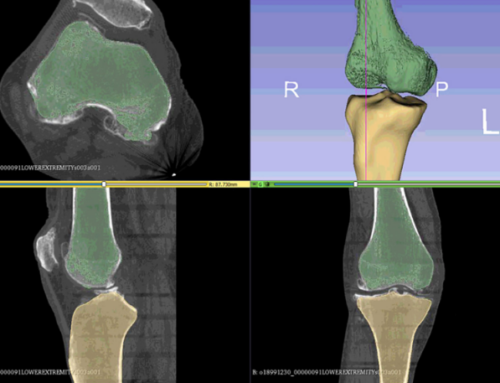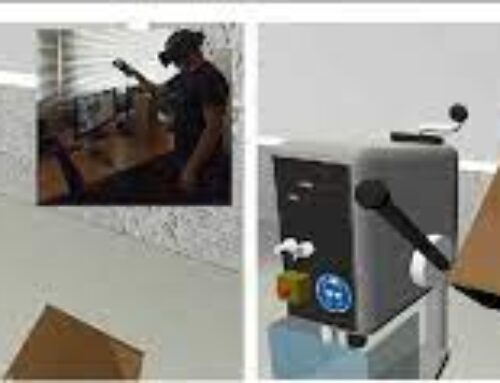Denoising of Dynamic 3D Meshes via Low-Rank Spectral Analysis
Recently, the new generation of different 3D scanner devices (e.g., conoscopic holography, structured light, photometric systems, etc.) has attracted a lot of attention due to their ability to provide more reliable results. The easiness of capturing real 3D objects has created revolutionary trends in many areas (e.g., gaming, prominence of heritage, military, medicine, etc.) and has significantly increased the interest for static and dynamic 3D models. However, despite the technological evolution of the 3D acquisition devices, there are still limitations, deteriorating the quality of the generated results (e.g., noise, outliers, and other abnormalities). These issues need to be addressed before the 3D models are used by other applications (such as segmentation, object recognition, tracking, etc.). In this paper, we introduce a novel method which exploits similarities at the spectral frequencies of individual meshes in soft or rigid body 3D animations. The noise is mainly distributed over high frequencies, while the spectrum of the graph Fourier transform of sequential meshes in a 3D animation, exhibits a low-rank which can be effectively exploited using robust principal component analysis (RPCA). Extensive evaluation studies, carried out using a variety of different arbitrarily complex 3D animations and noise patterns, verify that the proposed technique achieves plausible denoising results despite the constraints posed by arbitrarily motion scenarios.
G. Arvanitis, A. Lalos and K. Moustakas, “Denoising of Dynamic 3D Meshes via Low-Rank Spectral Analysis”, Computers & Graphics, vol. 82, pp. 140-151, August 2019



